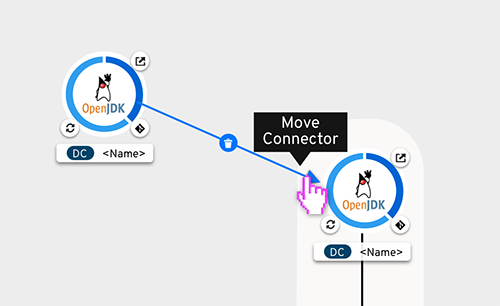

It's a good practice to have a continuous backup of your entire machine. The procedure is described here, along with various other troubleshooting steps: /en-us/HT203477 However if it's a managed library with lots of media inside that may not be practical due to the size.Īnother commonly-recommended step is resetting FCPX preferences. To recover this you can try restoring it from the automatic backups: /kb/PH15847?locale=en_USīefore doing this you might want to make a manual backup copy of your library from Finder by clicking on it and selecting "duplicate". Re the red region, your FCPX library may be corrupted. If any drive is below 100 megabytes/sec I'd be suspicious and investigate further: /us/app/blackmagic-disk-.st/id425264550?mt=12 It's a good idea to check your hard drive performance, so you can run the Black Magic hard disk test on all of your drives. The included example uses KnM File Tools (needed to load structures from. However if it does fail there's a serious hardware problem. are stored in a XYZ format that is compatible with Kineme GLTools so. However if this finds no problem that is not conclusive since it's not nearly as rigorous as diagnostics run by the Genius Bar at an Apple store. You can try running Mac diagnostics: /en-us/HT202731. If you Mac itself is unstable that can cause resource-intensive apps like FCPX to crash. If it's less than that, delete or offload to external storage.

#Uninstall kineme filetools 1080p
8GB isn't much RAM but I've edited a lot of 1080p material on an 8GB 2013 MacBook Air and it runs OK.įirst evaluate how much free disk space you have on your system drive, you should have at least 20% free. FCPX is generally reliable and normally doesn't crash, however any software can crash under certain conditions.


 0 kommentar(er)
0 kommentar(er)
